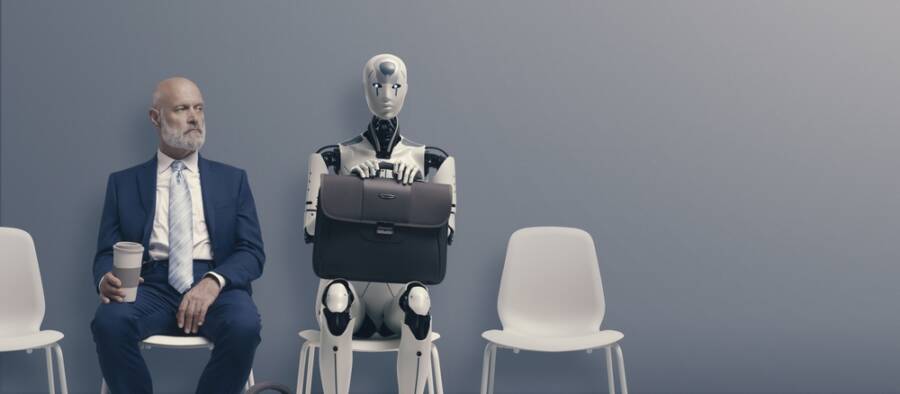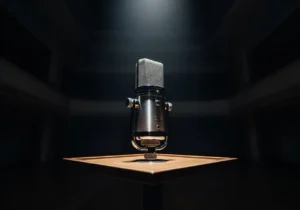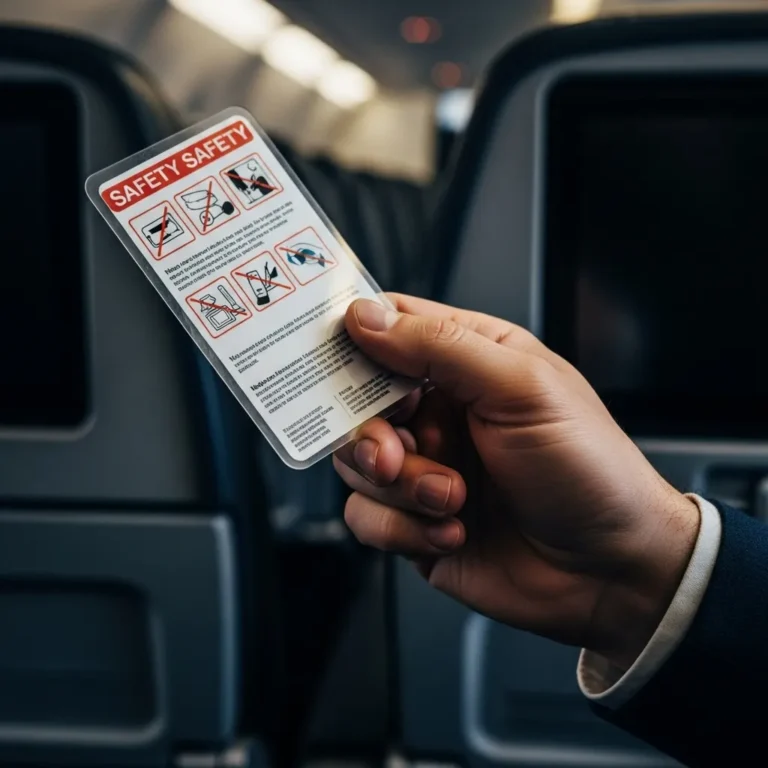AI is coming for my job—or is it?
The American workforce as we know it has gone through several challenges over the decades. It’s no longer as sweet as the 1950s!
Having a secure job is, as it turns out, no easy job! Nowadays, we fear AI taking over our job industries and careers.
Whether we work hard to upgrade our skills and make career transitions OR do nothing but complain about the modern world, AI is still coming!
The following 6 jobs that were essential in 1950s but will no longer exist in 2025 might send you back to your nostalgic youth. I get that! I feel it too! But it’s best to stay educated about upcoming trends and avoid disappointments in the job market.

Remember when the 1950s offered us a flourishing era of jobs? The economic prosperity before any recession, the suburban expansion with our families, and rapid industrialization are now foreign things to youngsters. They have no clue how this seemingly good innovation turned most jobs obsolete, basically!
Don’t mean to rant, but hear me out. Essential jobs are now performed by robots and computers. It’s absolutely wonderful that we can save lots of time on these repetitive and data-driven tasks! However, what is everyone else supposed to be doing instead?
We can’t fight robots. AI this, AI that – but can they fight us, though?
1. Telephone Switchboard Operator
Back in the day, telephone switchboard operators were the backbone of communication. This was before direct-dial telephone systems were implemented on our devices.
In the 1950s, the United States had approximately 342,000 operators of this kind employed by the Bell System and other independent telephone companies. In the private sector, there were close to one million more of them!
In 2023, the US Bureau of Labor Statistics reported there were approximately 43,800 telephone switchboard operator employees, mainly in the medical and travel industries.
As a catastrophic result of the rise of AI, these numbers are set to decrease massively in 2025! New tech and algorithms are currently turning telephone switchboard operators into unlucky unemployed.
2. Milkman
This one hit close to home! What a time to be a handy milkman in the 1950s…
As common as having fresh milk delivered to your doorstep every morning was, we’ve simply become too busy and ignorant to care about this profession and the numerous benefits it once brought into our lives.
Our local milkman would make biweekly rounds for small families and daily runs for more renowned milk-drinking households such as mine!
In the early 1940s, as much as 50–60% of US milk was delivered door-to-door. In the 1950s, about 30%–40% of American households still received milk via home delivery.
In 1975, about 7% of the country’s milk sales were completed by milkmen. I’m pretty sure these guys were the closest to today’s competent and grinding entrepreneurs! But in 2005, milkmen’s sales only accounted for 0.4% of the national total—a sign that the rest of them have surely gone into crypto trading…
Technically, refrigerating technology has allowed milk and other dairy products to stay fresh for longer.
If that’s the only explanation, I’m not buying it! It’s no secret that store-bought milk, no matter how ‘organic’ and ‘non-GMO’, won’t be nearly the same.
Controversially, store-bought milk is more likely to contain growth hormones and antibiotic residue. And even with cows treated right, store-bought milk’s longer shelf life results in altered taste and nutritional values.
3. Elevator Operator
In the 1950s, manually controlling elevators in department stores, office buildings, and hotels required elevator operators for optimal functioning. As many as 90,000 elevator operators were on the job in the US back then!
Other than pressing buttons, elevator operators were important customer service actors, greeting and turning passengers’ days around.
Even with automated elevators having existed since 1900, the general population was highly doubting this risky technology. As a result, some 90% of elevators were manually operated by elevator operators in the 1950s. By 1959, this drastically dropped to less than 10% for them.
Today, elevator operators are almost nonexistent, with a few exceptions. Historic buildings still employ elevator operators for nostalgia or specialized service.
You’ll still find some of them, in uniforms and everything, in The Plaza Hotel (New York City), The Woolworth Building (New York City), The Merchandise Mart (Chicago), Harrods (London), Macy’s Herald Square (New York City), and at Disneyland/Disney World.
These are mostly places that value tradition, luxury, or have historical significance. Now I might need an elevator operator as well…

4. Typist
Secretarial jobs such as stenographers and typists have seen a rise in popularity due to factories and companies rapidly growing during the Industrial Era and producing loads of paperwork and business reports.
By the 1950s, being a typist was largely known as a woman’s affair. They were perfectly performing admin and ‘simple’ tasks while getting paid very little. Let’s say that gender-based pay discrimination was much more active back then.
On the other hand, you could become a 1950s typist without a college education, so the profession has maybe indeed brought some sort of benefit for the women’s workforce, too.
Following the widespread use of computers, some 1.7 million Americans employed as stenographers, typists, or secretaries, according to census data, have been viciously replaced. In 2023, approximately 37,200 of them remain in these jobs.
Fine, AI has damaged the American workforce as we know it! But hear me out. Why don’t we consider the boons of it, too! Did you know that you can instantly translate from over 140 languages by wearing these smart AI glasses? They feature a Bluetooth speaker, color-changing lenses, and are more than perfect for work meetings.
5. Motion Picture Projectionist
The cinema-going experience could not have really existed without motion picture projectionists. They were highly skilled at operating film projectors in theaters.
They were in charge of film changeovers, managing carbon arc lamps, and handling nitrate film – they all required extensive manpower and intensive labor.
In the 1950s, some 26,000 people were employed as motion picture projectionists. This number dropped to 2,610 by 2023, when most movie theaters in the US switched to digital projection.
No matter how much I may enjoy Grease, I still think of these good guys from time to time.
6. Gas Station Attendant
The shining 1950s offered a standard all-inclusive service package in gas stations, with the first location opening in Los Angeles. Attendants would pump gas, check oil, clean windshields, and inspect tires. This concept gathered immense popularity later by the 1970s.
With costs increasing, gas station labor became more expensive and unsustainable.
Naturally for our patriotic capitalists, this translated to cutting gas station attendant posts and switching to self-service methods. This trend slowly became a new norm, especially with the 1973 oil crisis. I am no historian but still remember the long lines for pumping gas and proposed programs for reducing driving speed limits in the country.
As of today, the state of New Jersey is the only place still providing a good old full service in gas stations. So much for the 1950s, just to dismiss tradition, humanity, and convenience.
Do you know what could also be a gas station self-service disappointment? It’s definitely forgetting your glasses at home. Having learning difficulties or learning a new language? This AI pen is honestly insane. It will read phrases aloud through Bluetooth speakers and even translate.
Let us know what you think
Did you find any of these disappearing jobs originating from the 1950s surprising? Have we missed any hot jobs that are at risk in 2025 due to AI? Let us know what you think in the comments down below. Would love to keep the community engaged and chat with my fellas.
If you found this useful, continue reading Wallet Pickpockets Want You to Carry These 7 Things.











